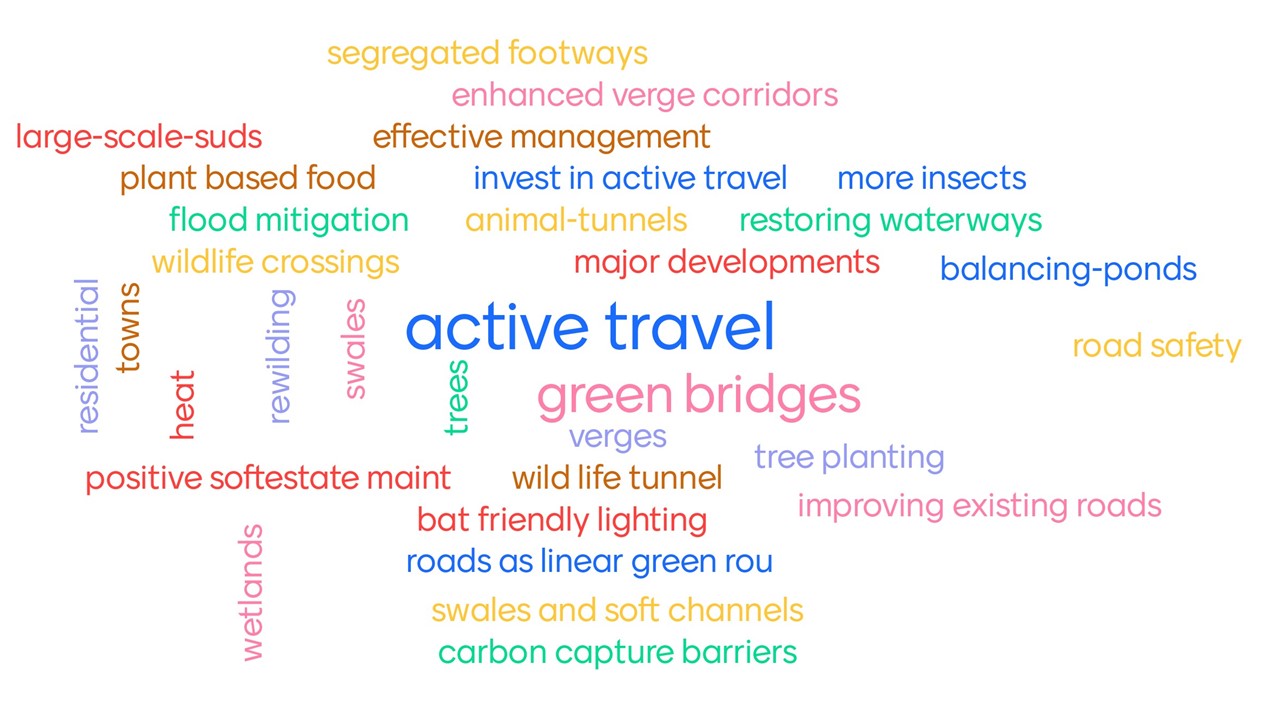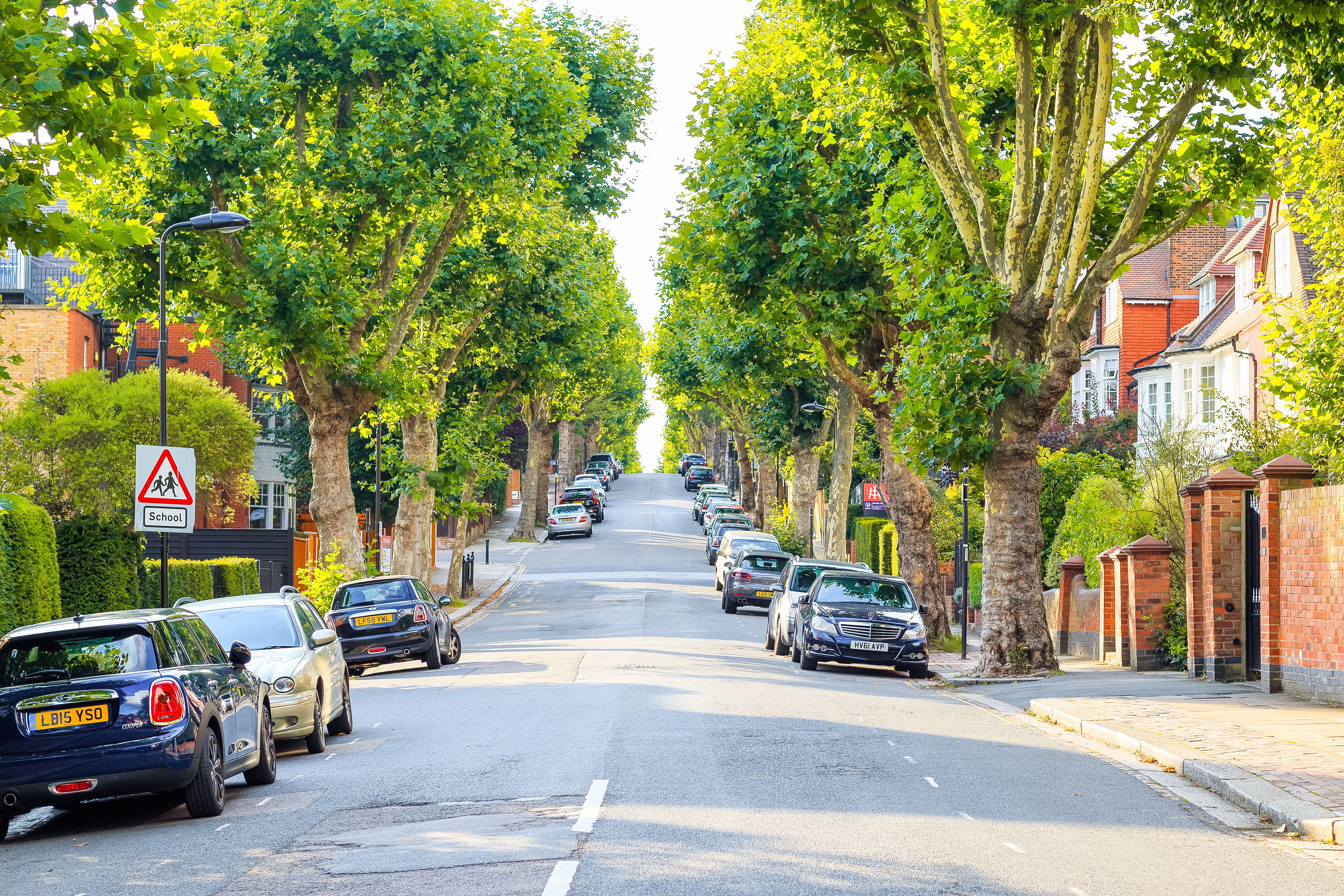

Green and Blue Infrastructure (GBI) is critical infrastructure that can enhance and protect our highways, roads and streets. As conscientious professionals we must realise its power in developing cost-effective, sustainable and resilient projects. CIHT recently released a report that looked into the barriers to implementing GBI along our streets and roads, titled Green and blue infrastructure: A transport sector perspective. In this webinar, the highlights of this report were presented by James Elliott (Elliott Asset Management), who chaired the steering group responsible for the report. We then explored examples of GBI, the benefits they bring and how they can be properly implemented; with a talk from Dr Gemma Jerome (Building with Nature) on the use of Sustaiable Drainage Systems, and Sue James (Trees and Design Action Group) with Hen Abbott (Gloucestershire County Council) on issues surrounding street trees.
Join other savvy professionals just like you at CIHT. We are committed to fulfilling your professional development needs throughout your career

The panel referenced many guidance documents to help support transport professionals when implementing GBI features in their projects which can be found here:
Join other savvy professionals just like you at CIHT. We are committed to fulfilling your professional development needs throughout your career

{{item.AuthorName}} {{item.AuthorName}} says on {{item.DateFormattedString}}: